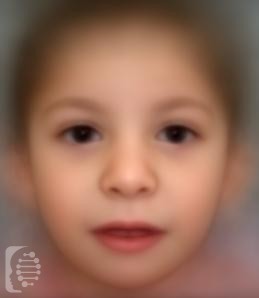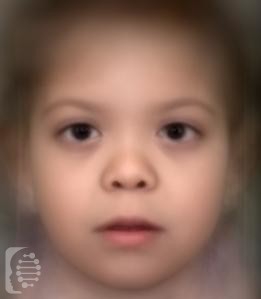
Mandibuloacral Dysplasia with Lipodystrophy
Mandibuloacral Dysplasia with Lipodystrophy syndrome is considered to be a very rare disease. Some of its main symptoms include an underdeveloped lower jaw and collarbone. Partial lipodystrophy, when there is a loss of body fat from different parts of the body is also characteristic of the syndrome. This may also cause the presence of symptoms […]








